Best Time to Visit the Polar Regions
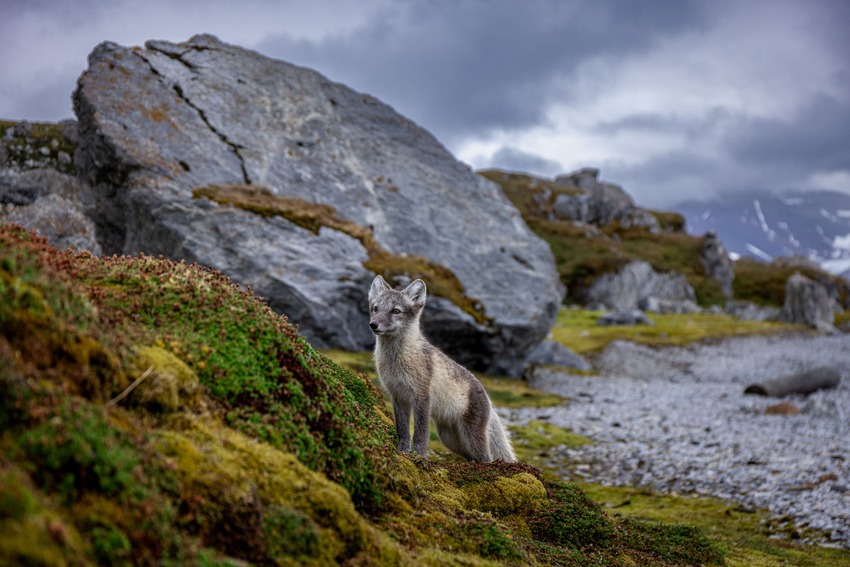
Summer is the time to go! That’s when sea ice recedes, temperatures rise and the polar regions awake from the long, dark winter. It’s the time for nature and wildlife to get active, because time is short. There are only a few months to migrate, mate, breed, grow and feed before it freezes all over again. But throughout the summer, different months have different highlights. As a curious explorer, check out our polar travel calendar. See what things you can see and when.
Best Season to Visit the Polar Regions
Bitter cold temperatures, bleak white landscapes and months of darkness during the polar night: what’s so magical about the High Arctic? If you happen to travel during the wrong season, you may not understand the hype around visiting the polar regions! It’s all about picking the right time. The best time to visit depends on what you want to do and see.
Arctic (June – August):
The earlier you visit, the more pristine the landscapes will be. May-June is perfect to see how the Arctic awakes after the winter. During the high summer, you get great opportunities for polar bear sightings. You’ll also experience the amazing blooming tundra and late summers are perfect for northern lights (e.g. in East Greenland).
Antarctica (November – February):
Starting from the end of October, pack ice recedes and cruise ships can journey to the continent. Early in the season, the White Continent is pristine, and you’ll be one of the first visitors after the long winter. December to January is best to see penguin chicks and from February whales return to the Southern Ocean.
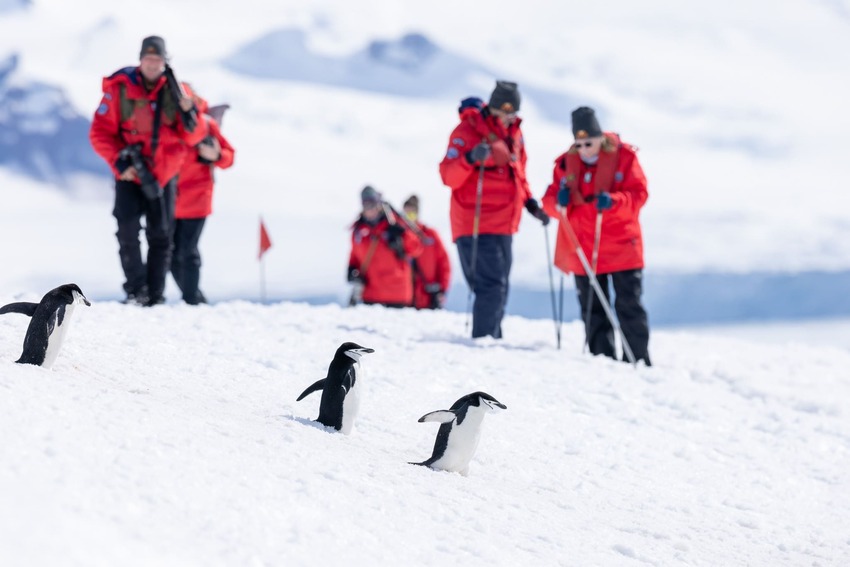
The Polar Regions, Month by Month
Which month should you travel? It all depends on what you’re looking for. Optimize your polar cruise expedition and ensure you get the trip of a lifetime. We recommend making a list with your must-see items and comparing them to our monthly polar calendar.
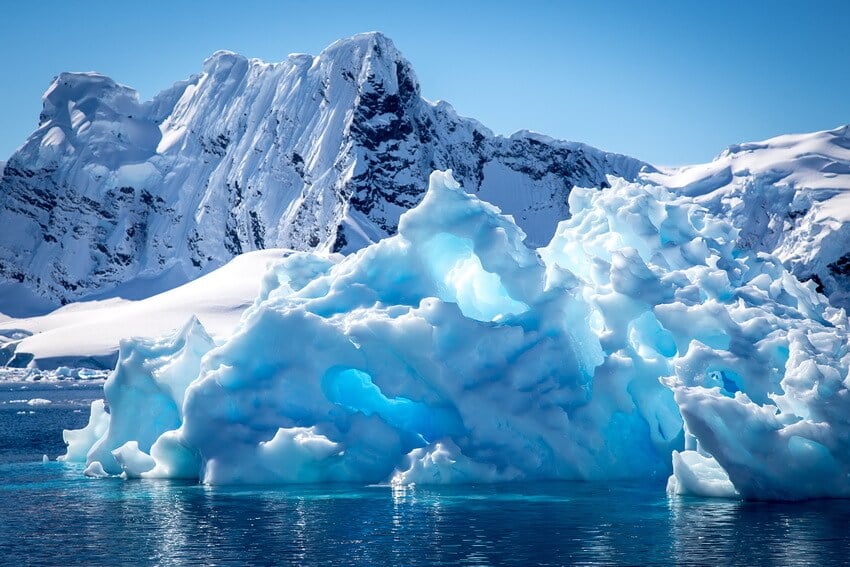
Antarctica
April – October
Prepare for your trip! Antarctica is stuck in deep winter – so there’s plenty of time to plan and book your expedition.
November
The continent is awakening after a long winter. If you want to feel like a real explorer, this is the time to go. Be among the first visitors of the season to set foot on its shores and enjoy pristine landing sites. See the biggest icebergs and observe penguins starting their courtship.
December - January
Enjoy the polar day, with up to 24 hours of daylight. Penguin chicks are hatching and seals attend to their pups. It’s also the warmest time of the year with the least amount of sea ice, making Antarctic Circle cruises possible. We recommend booking well in advance, as this is prime visiting season and spots fill up quickly.
February - March
While the tourist season is slowly ending, it’s a great time for beautiful sunrises and sunsets in Antarctica. March is also the best month for whale watching.
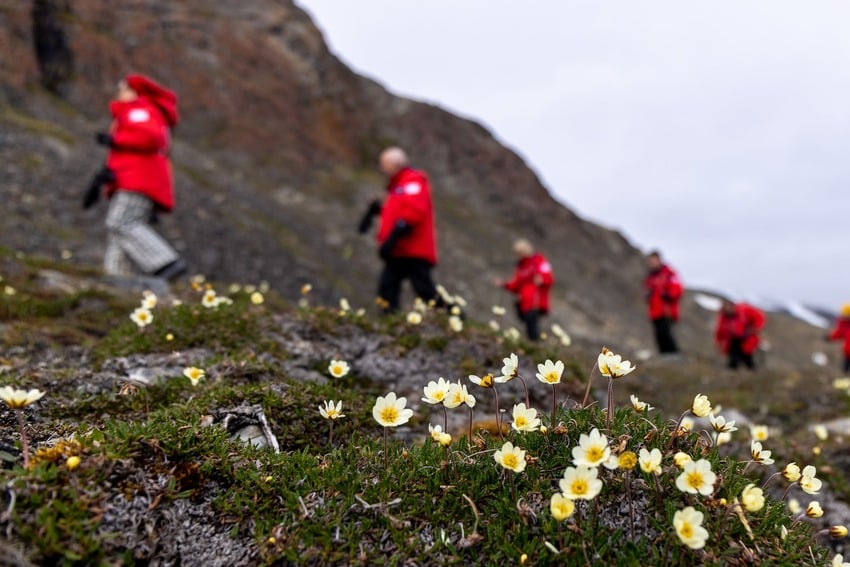
Arctic
October – April
From October to November you can spot polar bears around Hudson Bay in Canada, gathering ashore to return to the sea. Pack ice in the Arctic Ocean makes some sea routes unpassable for cruise ships. Arctic islands such as Svalbard are almost entirely surrounded by sea ice. It’s time to plan your Arctic cruise and wait for the summer.
May
It’s spring time! The warmer temperatures are perfect for activities such as dog sledding and snowmobiling. Cruise to the polar ice edge to see narwhals and polar bears.
June - July
Summer is starting and the tundra is in full bloom. Birders will marvel as millions of rare seabirds and tundra birds start to lay eggs. Minke, fin and humpback whales arrive for the summer feeding. Experience the polar day with 24 hours of daylight above the Arctic Circle. While it’s too early to see northern lights, the polar day will give you plenty of daylight to explore. Now is also the time to board cruises to Disko Bay and Ilulissat in Greenland, as well as trips to circumnavigate Spitsbergen.
August – September
Seabirds get ready to head south and polar bears in Svalbard are often seen on land, hunting and tending to their offspring. With September, you’ll experience an incredible transformation of the tundra into a vivid autumn color spectrum. With the polar day ending, you’ll get prime opportunities for northern light sightings!
When to Go to the Polar Regions
Tell us what you want to see and we’ll tell you when to go. Summers in the polar regions are magical and there is plenty to see, but certain months have their unique gems. Why don’t you drop us a message and let’s plan your unforgettable polar expedition!
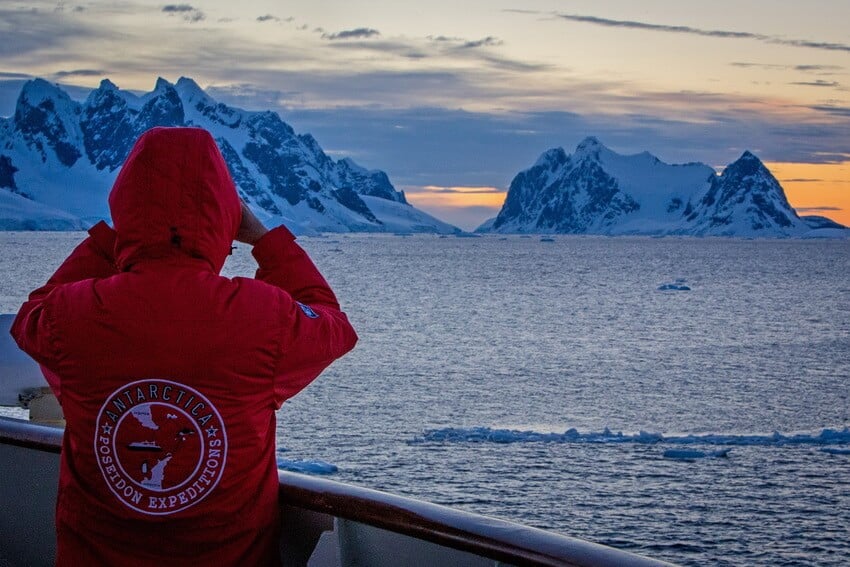
FAQs
What are the seasons in the polar regions?
The polar regions basically have only two seasons: short summers and long winters. The Arctic summer months last from June to August, and the Antarctic summer is from November to February. During the polar summer, expedition cruises become possible, when sea ice recedes and ship routes become passable.
Why visit the polar regions?
They are some of the most remote regions of the planet, featuring incredibly beautiful landscapes and interesting flora and fauna! If you ever wanted to ride a dog sled, spot a polar bear, or see the northern lights, the Arctic is great to experience just that. Arctic hares, polar bears and other iconic animals await you in places like Svalbard, East and West Greenland, while Antarctica is a prime spot to see penguins and seals. Some Arctic cruises will even take you to the North Pole, which is an adventure very few people in the world get to experience. The polar regions are also perfect for whale watching and experiencing the midnight sun!
Are the polar regions very cold?
It depends on which season you visit. The Arctic summers feature temperatures around 0C to 8C (32F to 46F). Some areas in the Canadian Arctic reach up to 10C (50F). Antarctic summer temperatures vary, depending on the location. While in most parts temperatures usually stay below 0C (32F), the Antarctic Peninsula can get quite warm with temperatures of up to 10C (50F) and more.